The Lower House of the Parliament has been engaged on a serious debate between the Government and Opposition over the Policy and Program presented by the Right Honorable President Ram Chandra Paudel. Whilst the Opposition Leader Mr. K P Oli has dubbed it as a document lacking the required vision in the context of the country facing economic crisis of the kind never experienced before in his two hour long customary speech, others have labelled it as being traditional as well as reminiscent of the past annual policies and programs as if like their cut and paste versions. The Government has defended it to be the best under the circumstances with the door maximally ajar for suggestions for its improvement.
The verbal duel between two former Prime Ministers, Mr. K P Oli and at one time, his former comrade in arms but now miles apart, Mr. Madhav Nepal left many parliamentarians lifting their eye brows. Mr. Nepal said that the acerbic comments of Mr. Oli were the reflection of pain triggered by the dramatic exit from the Government due to his own mistake.
This world is about constancy and change. Too many changes dilute the identity of an object whilst many retentions lead to lack of creativity. There has to be thus a match of constancy and change in any undertaking and so is the case with the formulation of plan and program as well.
The program consisted of the road connectivity to the district headquarters of Humla and Dolpa in 2015. But these were repeated in 2016 as well as in 2017.
That these documents have been far from desired has been clear from a recent study made by the Policy Research Institute. In a study based on these and other complimentary as well as supplementary documents of five years beginning from 2015 to 2020, it has made very clear that these documents need to be improved extensively in order to realize the aspiration of the people. The study was confined to Ministries of Finance, Industry, Commerce and Supplies, Agriculture and Livestock as well as Reconstruction under the economic sector. Similarly, Energy, Irrigation and Hydropower were taken under infrastructure followed by Ministry of Education, Science and Technology as well as Health and Population under social sphere. Under the Governance Reform, Ministry of Federal Affairs and General Administration were analyzed.
Multiple problems have been cited in the study. It has been found that the goals of the policy and program keep on changing. For example, the program consisted of the road connectivity to the district headquarters of Humla and Dolpa in 2015. But these were repeated in 2016 as well as in 2017. The other problem is the announcement of the program without making a study. The opening of industrial sector was announced without making adequate study like that of acquisition of land. Similarly, there is no coordination between policy, program and budget. This has come into being due to very little time between the finalization of policy and budget which varies between 3 and 27 days. Even in the later case, similar irregularity has been seen. The absence of adequate budget for the program is another anomaly. The Projects of National Glory like Sikta Irrigation have not been completed even after 15 years of their beginning from 2004. Policies sans goals, time and operating machinery are quite a routine. In the program of 2015, sentences like will be increase, will be emphasized have been mentioned without giving any further detail.
Unclear policies are often announced. One of the policies of the Agriculture and Livestock Ministry of the year 2014 said in para 31 that the organic fertilizers will be increased. But it does not say any further regarding the quantum of increment nor the time. Programs do not complete in time. Consequently, in the report of the office of the Prime Minister and the Cabinet of Ministers, only 36 per cent achievement has been mentioned with respect to the Project under the Policy and Program of the year 2019. Integrated progress of the Federal, Provincial and Local units is not available. Accordingly, the area of land irrigated round the year and the increase of land over the years could not be found due to the absence of integrated data thereby the progress of two years beginning from 20018 appears minimal. It is always difficult to receive the necessary documents and information. The researchers have written that they did not receive information from any of the aforementioned institutions regarding the progress based on policy and program.
But there is a silver lining around the dark cloud in the form of few Projects which are notable and to be proud of.
But there is a silver lining around the dark cloud in the form of few Projects which are notable and to be proud of. Despite these shortcomings, the country was able to register national growth of 7.7, 6.3 and 6.7 in three years beginning from 2017. The completion of the election of all the three levels of Government was another successful undertaking to crow about. The corresponding slack due to the uneasy situation created in Indo Nepal border and the long lock down due to Corona virus has however eclipsed the achievements.
The Government policies date to long time back in the past. Western literature attributes it to the time of singing of Magna Carta in 2015 when England was being ruled by the heavy eating and glutton King John. He is said to have breathed his last due to the heavy consumption of peach and cider. This was the time when the regime of the first ruler of Nepal, Ari Malla had reached the fag end and the unfortunate Abhaya Malla who perished in the 1255 earthquake was about to be crowned in Nepal. Several of these policies are recorded in Bidur Niti, Sukra Niti, Chanakya Niti and the likes in the Indian sub-continent.
It is true that the country is facing a difficult economic crisis for which routine solutions do not work. But the problem is that nobody has come with concrete suggestions. These have been rather more abstract. Some members of Parliament have said that the economy will not be well through means like the beating of drum by a witch doctor but it needs modern operation. The fact remains that they have failed to exactly mention the techniques to be followed. Probably one has to look back to the history to arrive at any worthwhile suggestion.
The country faced economic crisis in the year 1980 due to drought when the country experienced a negative growth of around -2.3 percent. Again in the year 2015, due to the earthquake, the country is said to have registered a very low growth of 0.6 per cent in the year 2016. It is thus clear that natural disasters affect the development in an exponential pace.
The policy has not included Disaster Risk Reduction the list of the 16 priorities. It is being addressed by regular programs.
Nepal is likely to be struck by earthquake any time in the future. Especially, in the west, Bajura and its neighborhood is experiencing earthquake every week now. The occurrence of the earthquake in the year 1505 when Ratna Malla was ruling in Kathmandu and its hushed silence more than 500 years indicates this to be the lull before the storm. There are simple damping techniques using open jointed stone walls below the ground. What could be more simple in a mountainous country with profuse amount of stones.
Similarly, this year appears to receive less rain due to El Nino phenomenon that is characterized by warmer than normal sea surface temperature in the eastern and central tropical pacific. But the Policy is silent on this aspect. One of the methods is to dig ponds right from the highland to the lowlands that could store water in the time of draught. It also prevents flooding, landslide, wild fire, cattle attacks and the adverse effect of climate change.
The policy has not included Disaster Risk Reduction the list of the 16 priorities. It is being addressed by regular programs. It appears that such an important aspect has received just a lukewarm response. The Policy and Plan thus suffers from right emphasis in the wrong place and wrong emphasis in the right place. It has ended up being more ritualistic and less realistic.
The author is the former Vice-Chancellor of Nepal Academy of Science and Technology (NAST).



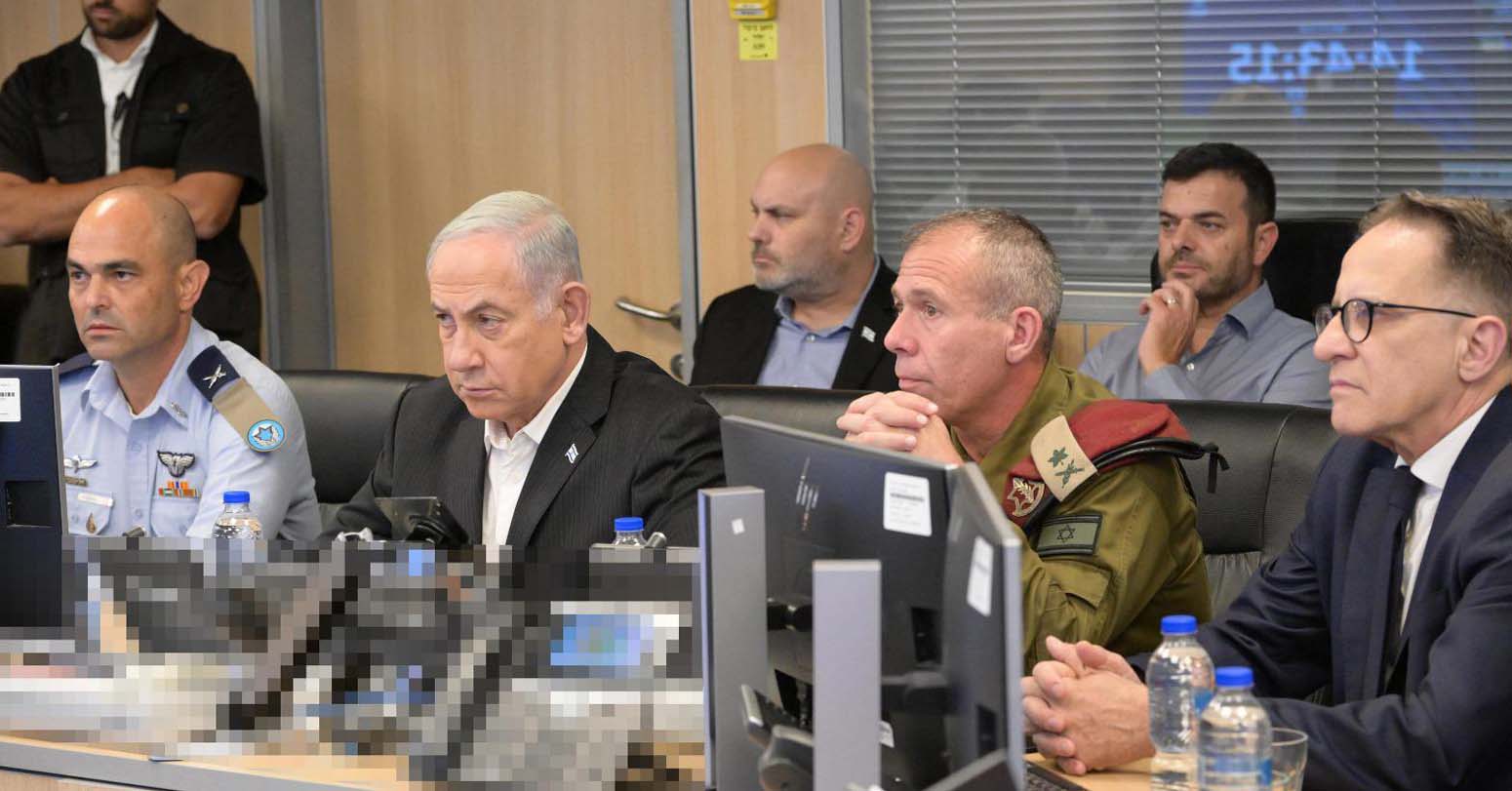



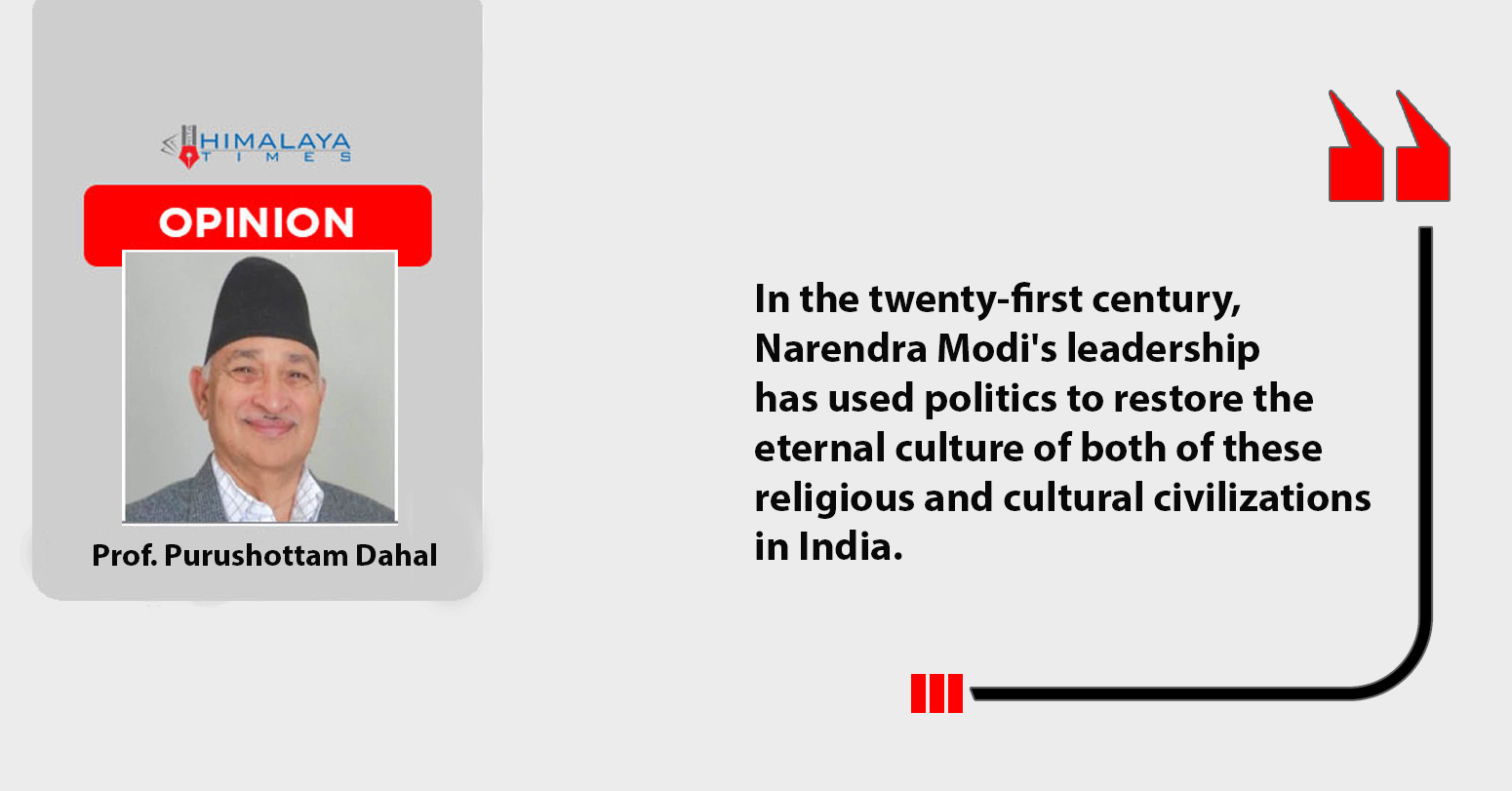
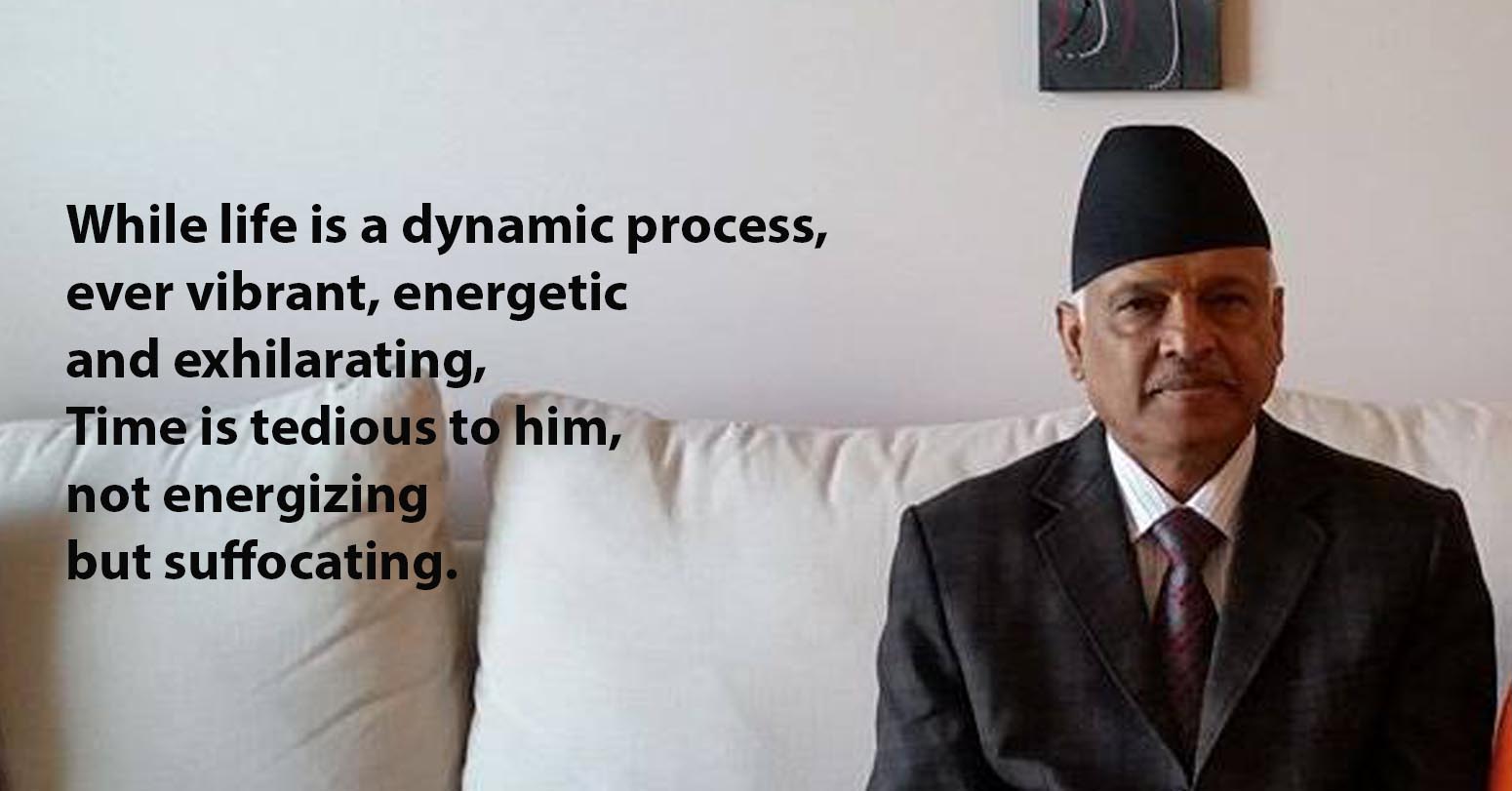

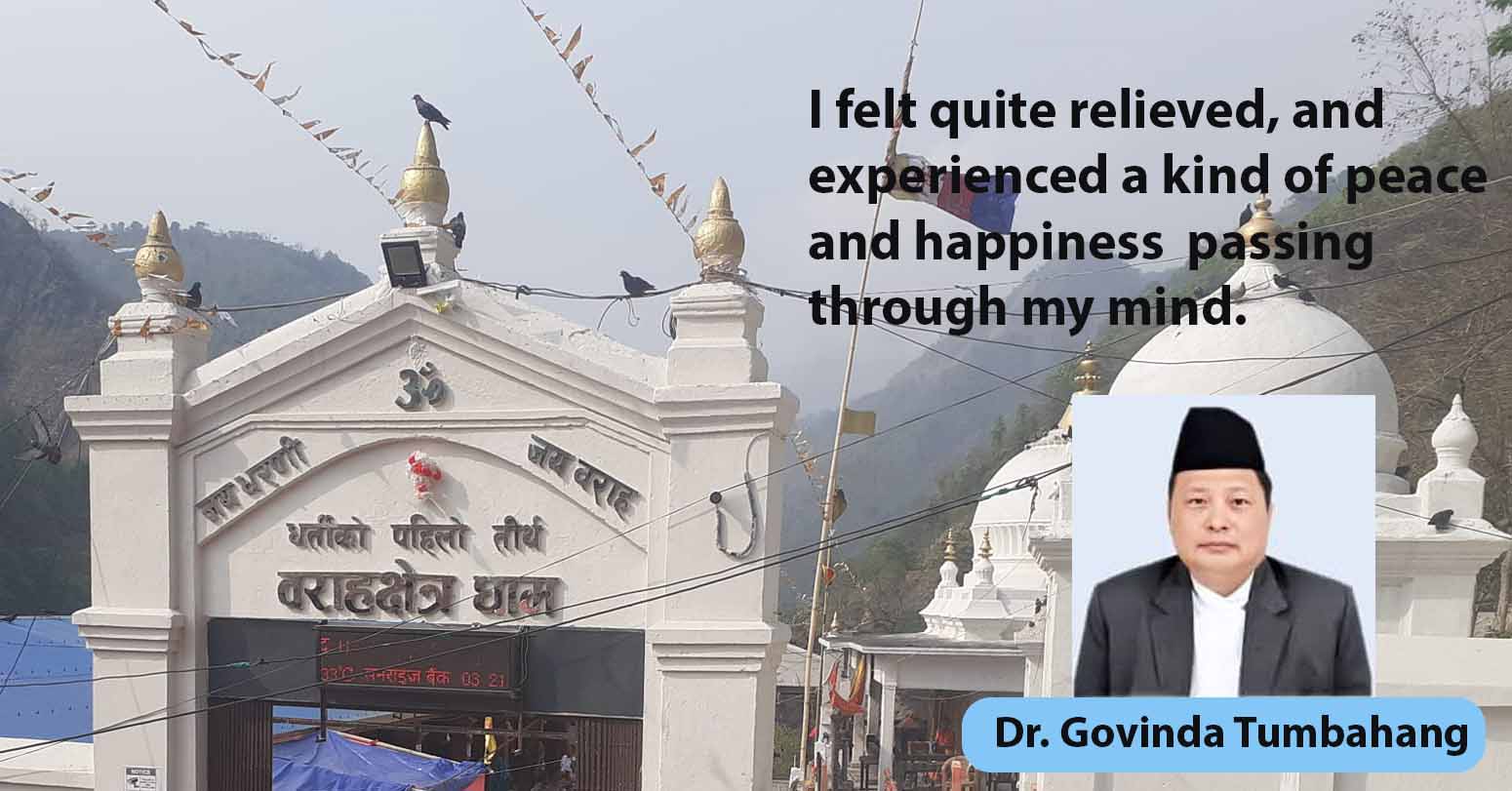
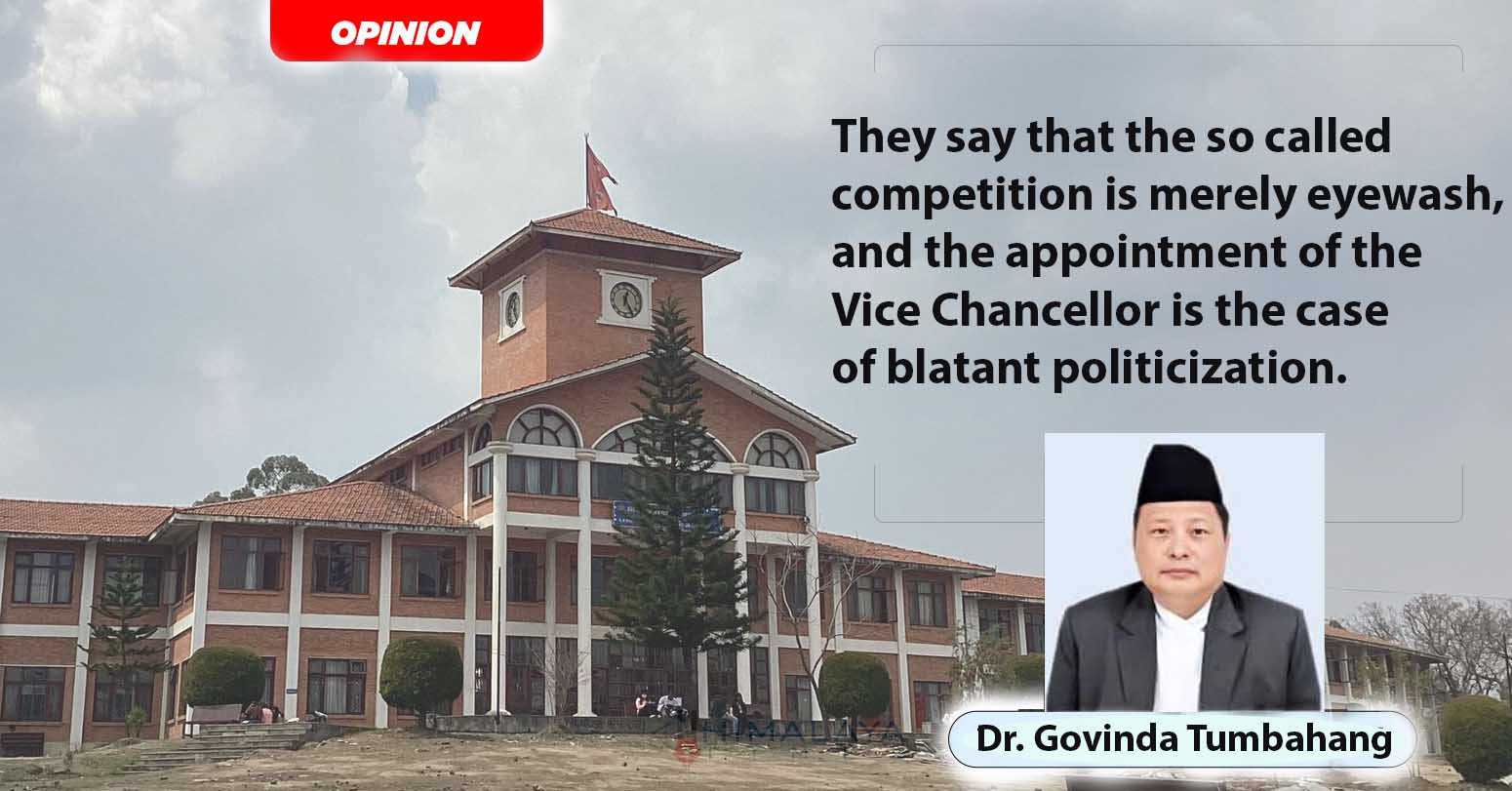

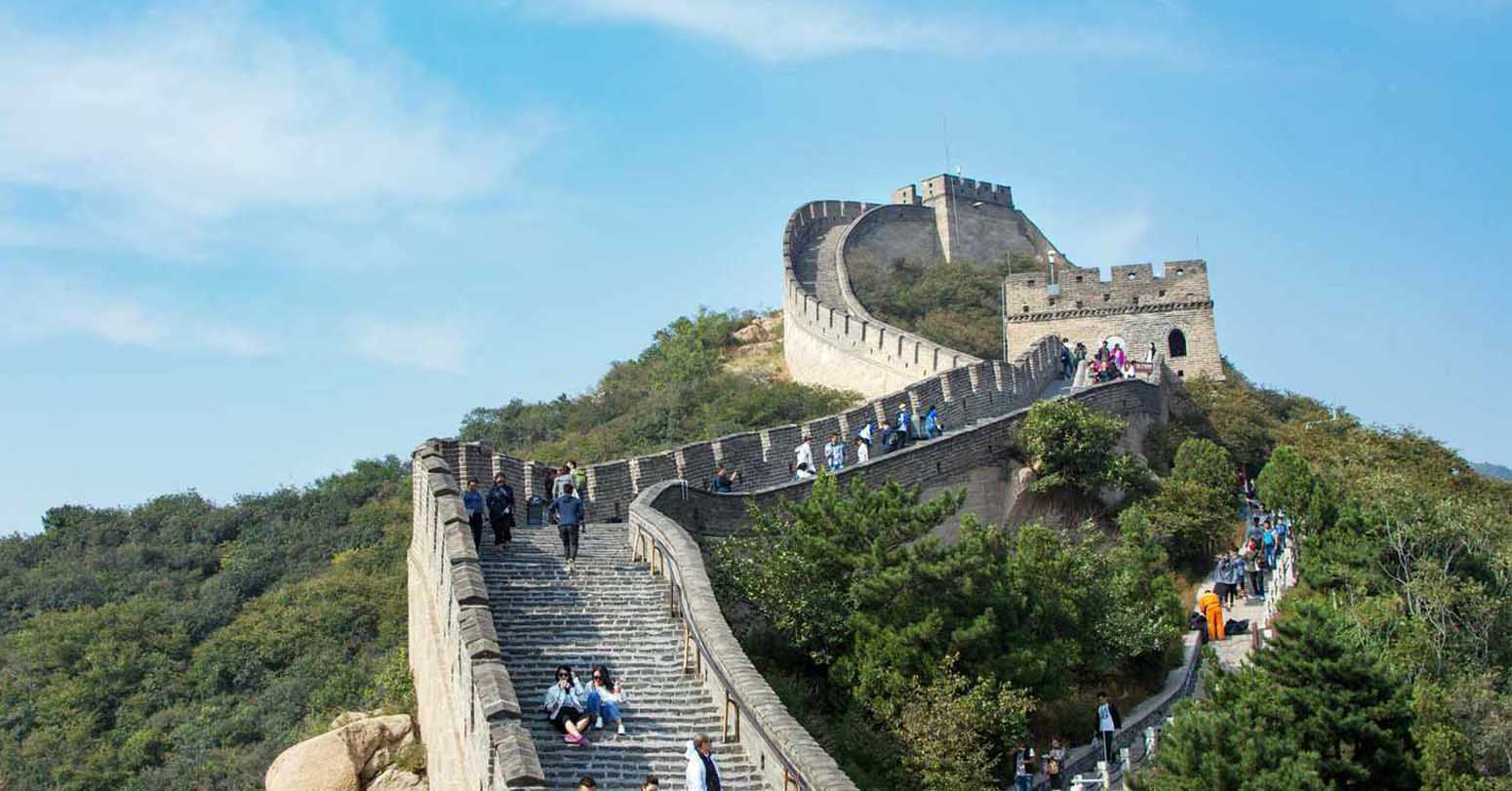
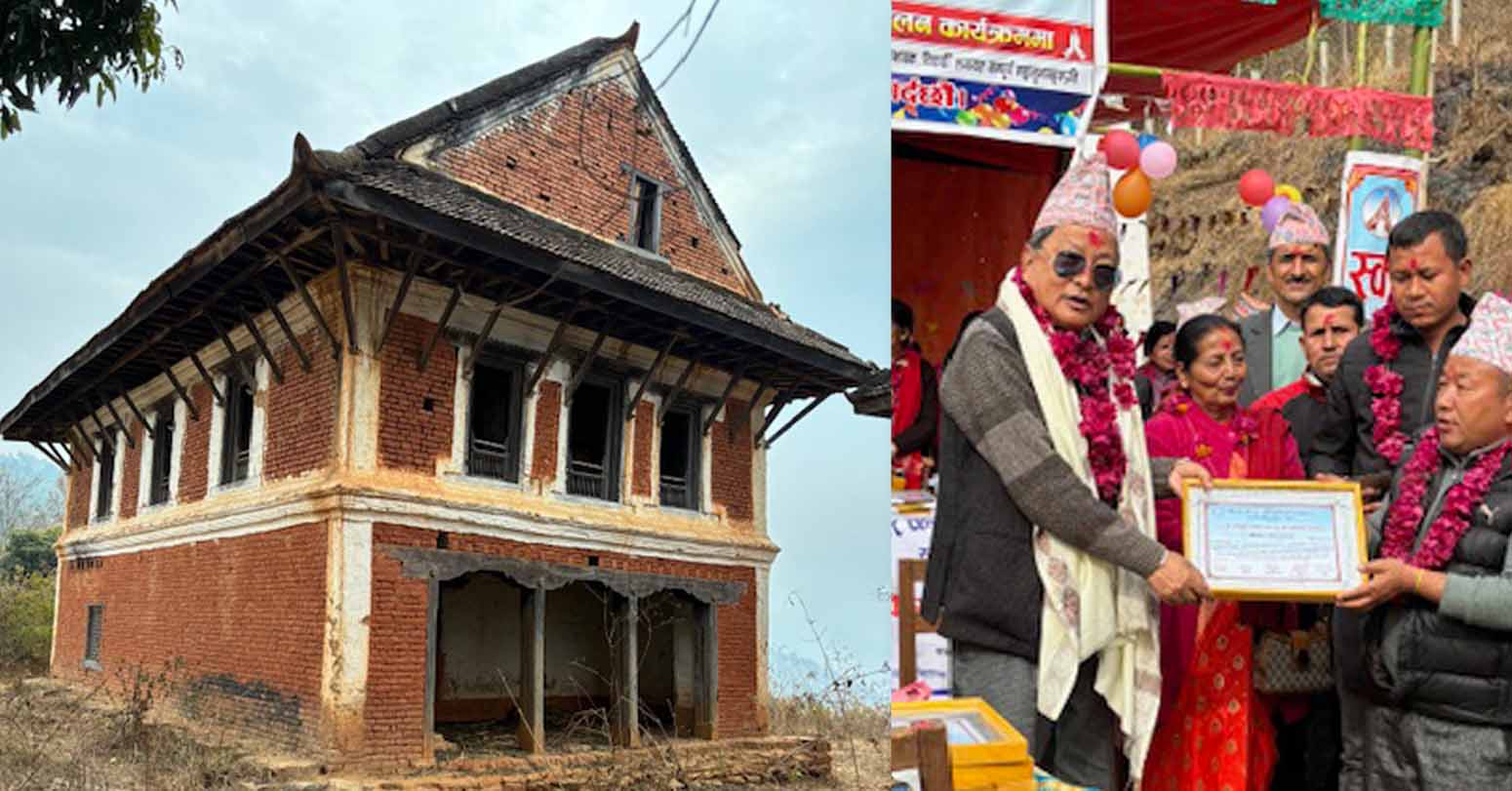

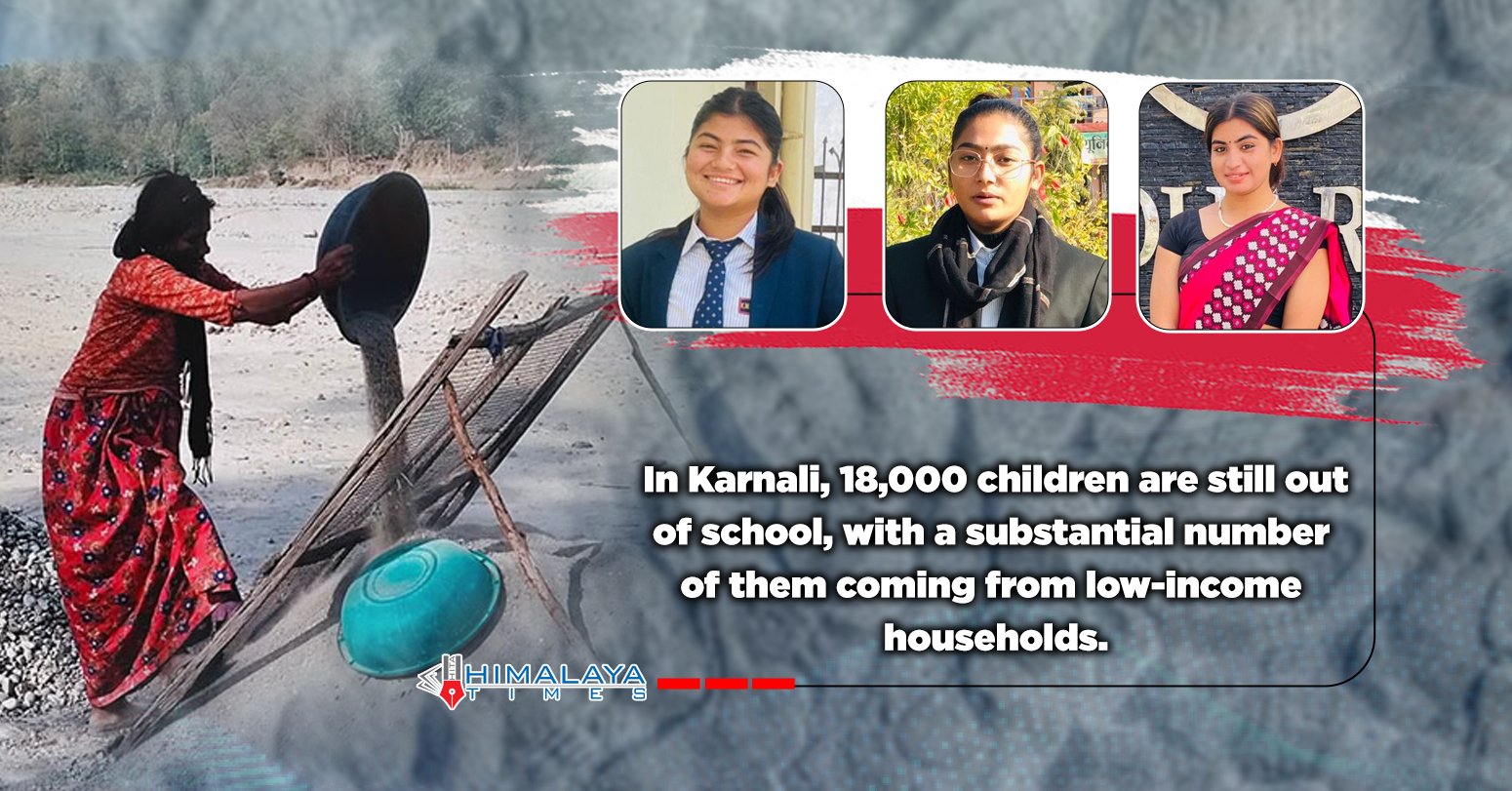
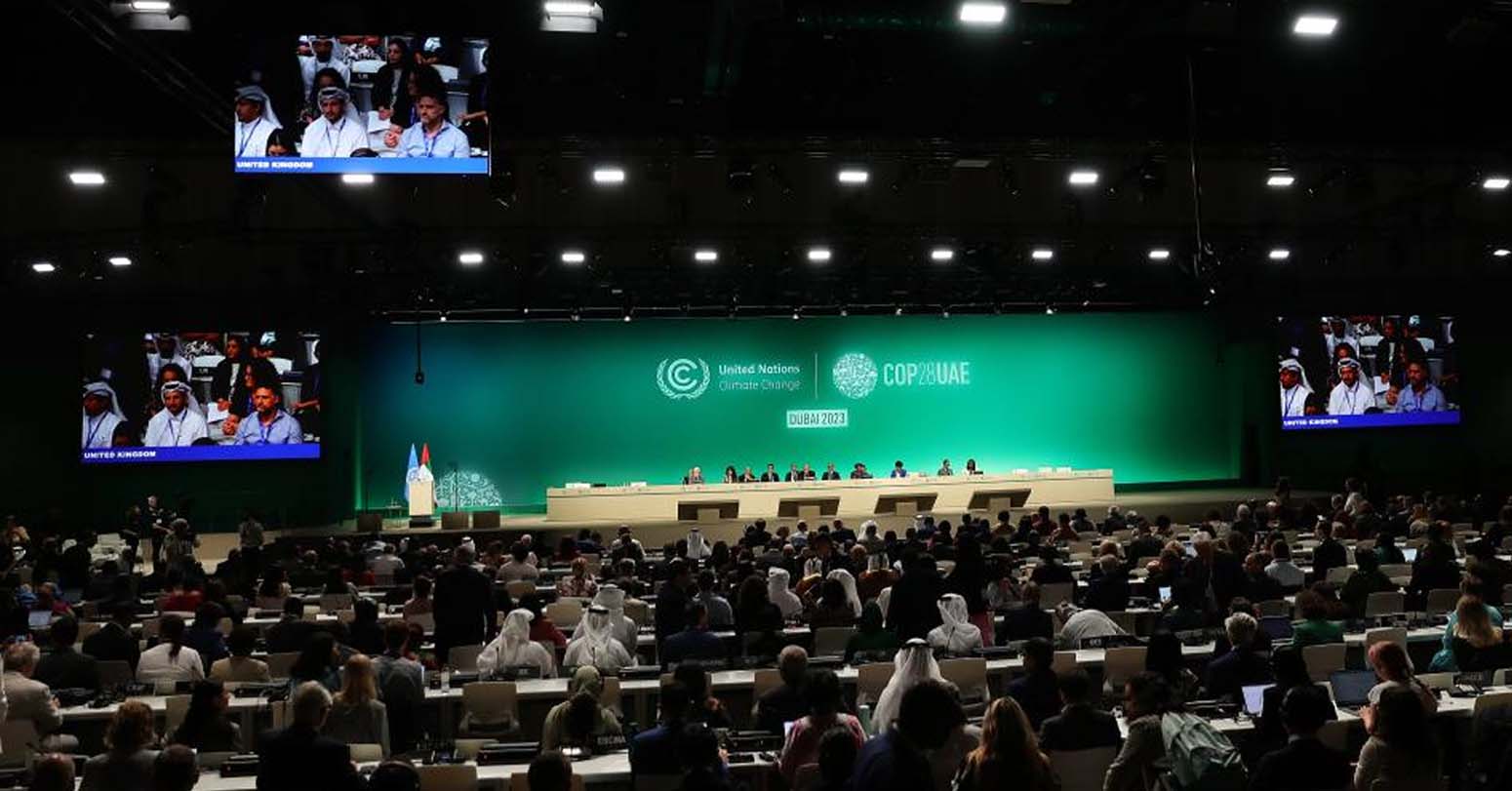
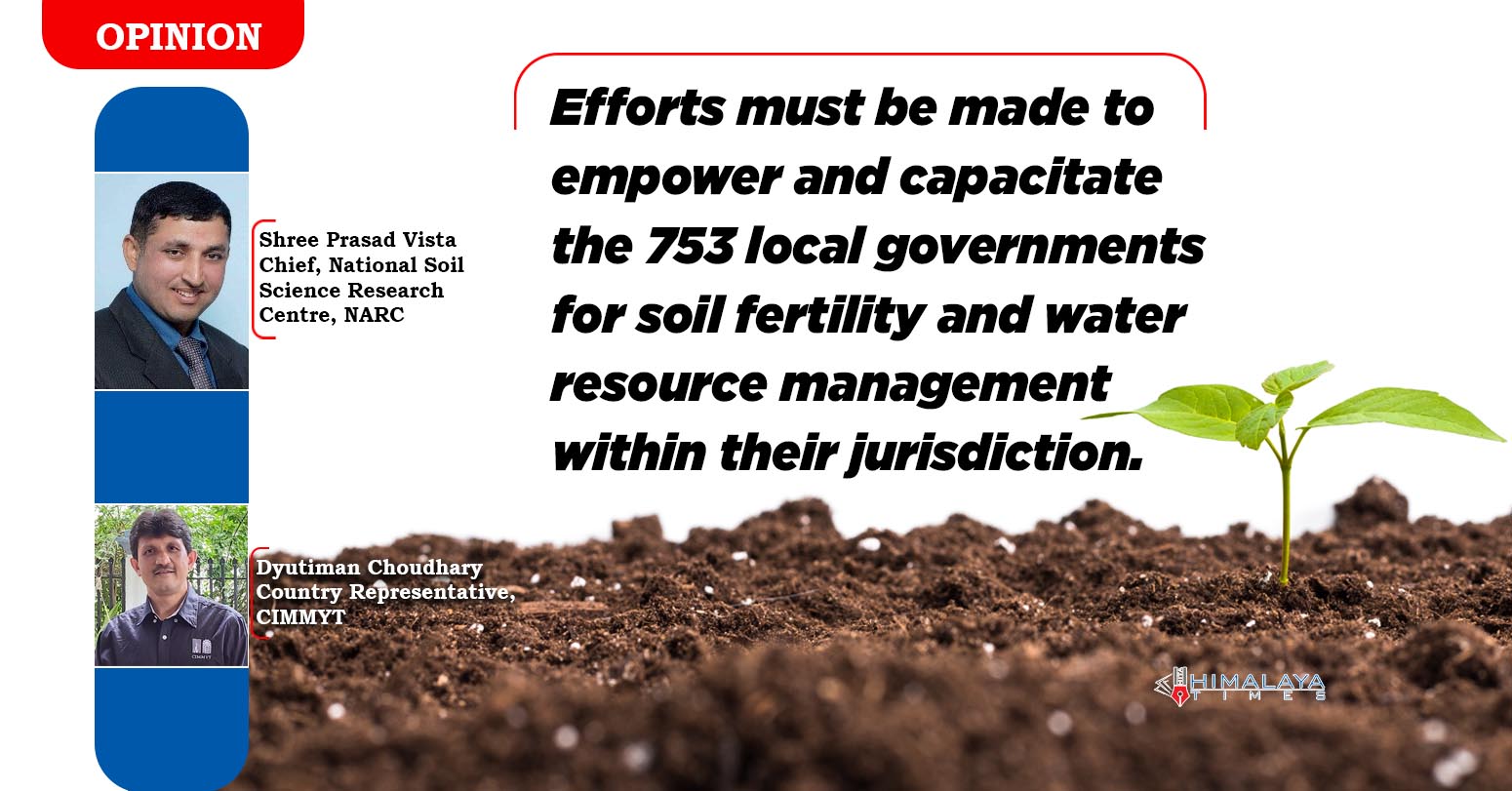
Comprehensive Data Protection Law Critically
Gender Differences In Mental Healthcare
Messi Wins Best FIFA Men’s
Erosion of Democracy
Fly Dubai Catches Fire in
“Complexities of the South Asian